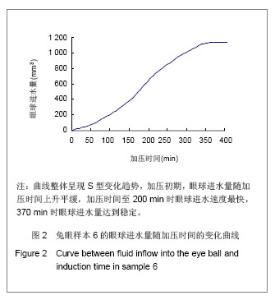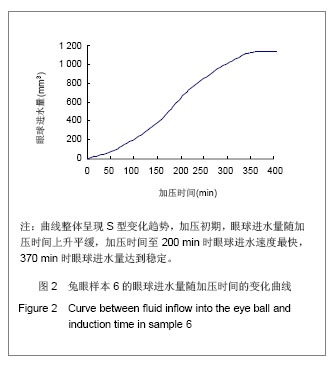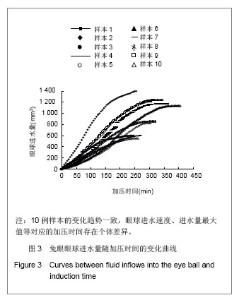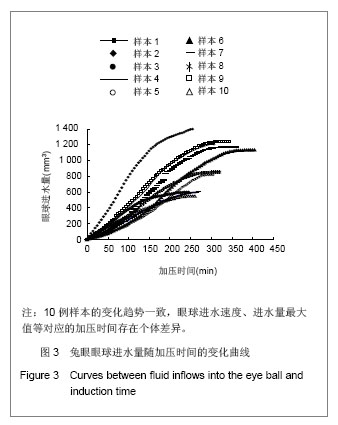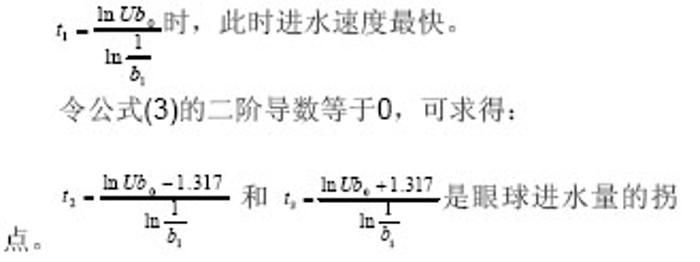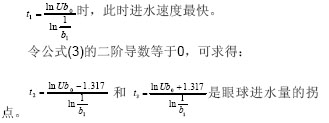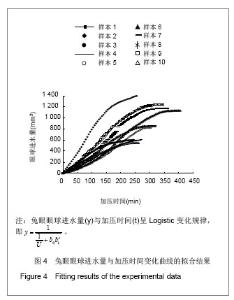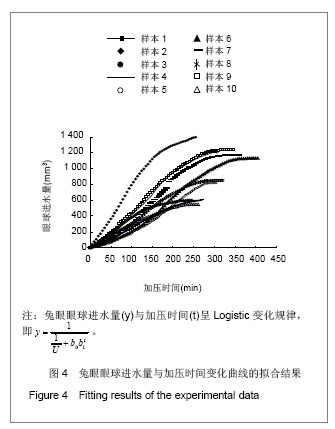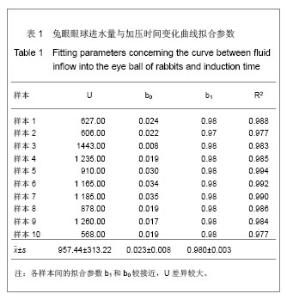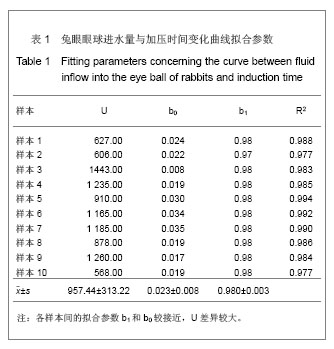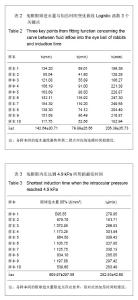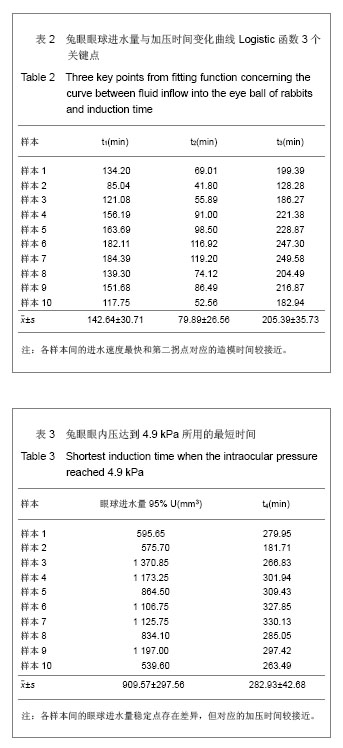| [1]Schacknow PN, Samples JR(Eds.).The Glaucoma Book. Springer, 2010: 3-21.
[2]Grehn F, Stamper R(Eds.). Glaucoma: Springer-Verlag Berlin Heidelberg, 2009: 13-21.
[3]Anderson DR. Glaneoma,capillaries and Perieytes:1.Blood flow regulation. Ophthalmologica. 1996,210(5): 257-262.
[4]胡峥,蒋炜,邱敏,等. 急性高眼压动物模型研究进展及评价[J]. 西南军医,2007,9(5):74-76.
[5]王平宝,蒋幼芹,黄佩刚,等. 兔实验性急性高眼压模型视网膜谷氨酸的变化[J].中华眼科杂志,2000,36(5): 378-379.
[6]王平宝,蒋幼芹,黄佩刚,等. 兔急性高眼压模型视网膜N-甲基-D-天门冬氨酸受体R1 mRNA的表达[J]. 中华眼底病杂志, 2001, 17(1):50-51.
[7]张莉,张坤丽,崔文柱. 急性高眼压对视网膜神经节细胞凋亡的影响及药物保护作用[J]. 医学理论与实践,2001,14(9): 840.
[8]赵海滨,彭清华,吴权龙,等. 青光安颗粒对兔急性高眼压视神经轴突的保护作用[J]. 国际眼科杂志,2009,9(12):2318-2321.
[9]孙为荣,孟庆康,李艳艳. 兔急性高眼压状态后眼组织自由基及过氧化氢酶的变化[J]. 眼科研究,2001,19(2): 104-106.
[10]林志雄,王玮. 酸枣仁皂甙A对急性高眼压大鼠视网膜神经节细胞的保护作用[J]. 解剖学研究,2010,32(1):49-52.
[11]郭燕,王万辉. 促红细胞生成素对急性高眼压大鼠视网膜的保护作用[J].国际眼科杂志, 2007, 7(3):688-691.
[12]张菁.牛磺酸对大鼠急性高眼压视网膜神经节细胞的保护作用及其对助Rho A/ROCK-2信号传通路的影响[D]. 武汉:华中科技大学,2011.
[13]Tong JB, Chen D,Zeng LP, et al. Differential changes of local blood supply in rat retinae are involved in the selective loss of retinal ganglion cells following the acute high intraocular pressure. Curr Eye Res. 2010;35(5): 425-434.
[14]Chen D,Tong JB,Wang H,et al. Synaptophysin expression in rat retina following acute high intraocular Pressure. Acta Histochem Cytochem. 2008;41(6):173-178.
[15]Tosi J, Wang NK, Zhao J, et al. Rapid and noninvasive imaging of retinal ganglion cells in live mouse models of glaucoma. Mol Imaging Biol. 2010;12(4): 386-393.
[16]Buchui ER, Suivaizids I, Fu J. Pressure-induced retinal eschemia in rats: an experimental model for quantitative study. Ophthalmologica. 1991;203(3):138-147.
[17]张扬. Nogo-A、NgR在急性和慢性高眼压模型大鼠的视网膜和视神经中表达及作用的研究[J].北京:协和医科大学,2009.
[18]沈际颖.急性高眼压模型中有髓及无髓神经纤维的易损性研究[J].上海:复旦大学, 2010.
[19]王建明,孙乃学,惠娜,等. rAAV介导BDNF基因转染对急性高眼压兔眼神经损害的保护作用[J].南方医科大学学报, 2009, 29(9): 1770-1774
[20]宋海珊,刘昕,高殿文,等. Rho 激酶抑制剂Y-27632 对急性高眼压大鼠视网膜损伤的保护作用[J].中国医科大学学报, 2011, 40 (8):712-714.
[21]曹业宏,林乐理.倍他洛尔滴眼液对兔急性高眼压模型视网膜神经节细胞的保护作用[J]. 沈阳医学院学报, 2007, 9(2):90-91.
[22]归东梅,高殿文,徐洪斌,等.急性高眼压状态大鼠视网膜一氧化氮及其合酶变化的研究[J].中华眼底病杂志, 2001,17(3): 230-233.
[23]张菁, 余腊梅, 胡义珍. 大鼠急性高眼压后视网膜RhoA、ROCK-2和ET-1的表达及其相关性研究[J]. 眼科新进展, 2011, 31(5): 419-426.
[24]Barbu E, Verestiuc L, Iancu M, et al. Hybrid polymeric hydrogels for ocular drug delivery: nanoparticulate systems from copolymers of acrylic acid-functionalized chitosan and N-isopropylacrylamide or 2-hydroxy ethylmethacrylate. Nanotechnology. 2009;20(22): 108-110.
[25]沙倩,乔喜珍,聂庆珠.大鼠急性高眼压模型视网膜组织中HSP60的表达及功能[J]. 国际眼科杂志, 2009, 9(3): 458-461.
[26]陈三杰,朱益华.急性高眼压大鼠视网膜RhoA的分布及表达[J]. 国际眼科杂志, 2009, 9(7): 1269-1271.
[27]王怀洲,洪洁,王宁利.急性高眼压对大鼠包含黑视素的视网膜神经节细胞的影响[J]. 眼科研究, 2009, 27(7): 558-562.
[28]张军富,王竫华,王大博,等. 急性高眼压后大鼠视网膜谷氨酰胺合成酶mRNA表达的变化[J]. 眼科研究,2007, 25(5):373-375.
[29]赵海滨,彭清华,吴权龙,等.青光安颗粒对兔急性高眼压视神经轴突的保护作用[J]. 国际眼科杂志,2009, 9(12): 2318-2321.
[30]蒋丽珠,黄菊芳,童建斌,等.外源性脑源性神经营养因子对急性高眼压后大鼠视网膜磷酸化TrkB表达的影响[J].解剖学杂志, 2008, 31(3): 368-371.
[31]赵秀军,徐亮,白凤阁.正常大鼠和急性高眼压诱导的视网膜缺血再灌注损伤大鼠模型的视网膜电图[J]. 眼科, 2001,10(3): 173-176.
[32]王建明,宋艳萍,孙乃学,等.重组人促红细胞生成素对急性高眼压兔眼视神经和视网膜超微结构的保护作用[J]. 国际眼科杂志, 2008, 8(11): 2221-2223.
[33]王建明,熊蕾,孙乃学,等.重组人促红细胞生成素对急性高眼压兔视网膜谷氨酸表达的影响[J]. 眼科研究, 2009, 27(12): 1080- 1083.
[34]王建明,胡海涛,卢涯,等.重组人促红细胞生成素对急性高眼压兔眼视网膜电图的影响[J]. 眼科学报, 2005, 21(4):161-164.
[35]李婷,宋红芳,张昆亚,等 动物眼前后房压强差的在体监测的实验方法探索[J].北京生物医学工程, 2008, 27(2): 117-119.
[36]崔党群. Logistic曲线方程的解析与拟合优度测验[J]. 数理统计与管理, 2005, 24(1):112-115.
[37]宋娜.多元Logistic分布及其参数估计[D].北京:北京工业大学, 2007.
[38]赵宇,俞顺章.Logistic 回归分析中的一些应用问题[J].山西医科大学学报,1994,25(1):26-30.
[39]张昆亚,崔倩倩,钱秀清,等. 在体兔眼压强-体积关系的实验研究[J]. 医用生物力学, 2011, 26(2):137-141.
[40]David MS, Orna G. Pressure-volume relation for the living human eye. Curr Eye Res. 2000;20(2): 115-120.
[41]Cronemberger S, Guimaraes CS. Intraocular pressure and ocular rigidity after LASIK. Arq Bras Oftalmol. 2009;72(4): 439-443.
[42]Kymionis GD,Diakonis V,Kounis G, et al. Ocular rigidity evaluation after photorefractive keratectomy: An experimental study. J Refract Surg. 2008;24(2): 173-177.
[43]Purslow PP, Karwatowski WS. Ocular elasticity. Is engineering stiffness a more useful characterization parameter than ocular rigidity. Ophthalmology. 1996;103 (10): 1686-1692. |
